Scroll Down to Read Today’s Essay
Subscribe to Baseball History Comes Alive for automatic updates. As a Free Bonus, you’ll get instant access to my Special Report: Gary’s Handy Dandy World Series Reference Guide!
George Lee Anderson Photo Gallery
Click on any image below to see photos in full size and to start Photo Gallery:
George Lee Anderson (Who?) Is Traded to the Phillies, December 23, 1958:
Did Anybody Notice the Trade?
“He was good for the game. He understood public relations. He was the best manager I ever played for, by far,” -Peter Rose, speaking of George Lee Anderson
Sixty-five years ago yesterday, December 23, 1958, there was a trade between the Dodgers and the Phillies that, I’m fairly certain, barely made a ripple in baseball circles at the time. The Dodgers traded journeyman minor league infielder George Lee Anderson to the Phillies for Rip Repulski and two minor league pitching prospects, Jim Golden and Gene Snyder. Yawn…
Does the Name Ring a Bell?
Anderson, a 5’9″, 170-lb. Bridgewater, South Dakota native, made the Phillies roster in ’59 as their starting second baseman and lived up to his “good field-no hit” reputation, turning in a less-than-stellar performance with a .218 batting average, no home runs, and 34 RBIs in 152 games. That was the extent of his major league career, as the next year found him back in the minors with the Triple-A Toronto Maple Leafs. He remained with Toronto until 1963 when his playing career came to an end. His 527 major league at-bats in 1959 are still the record for the most at-bats by a player with only one season in the majors.
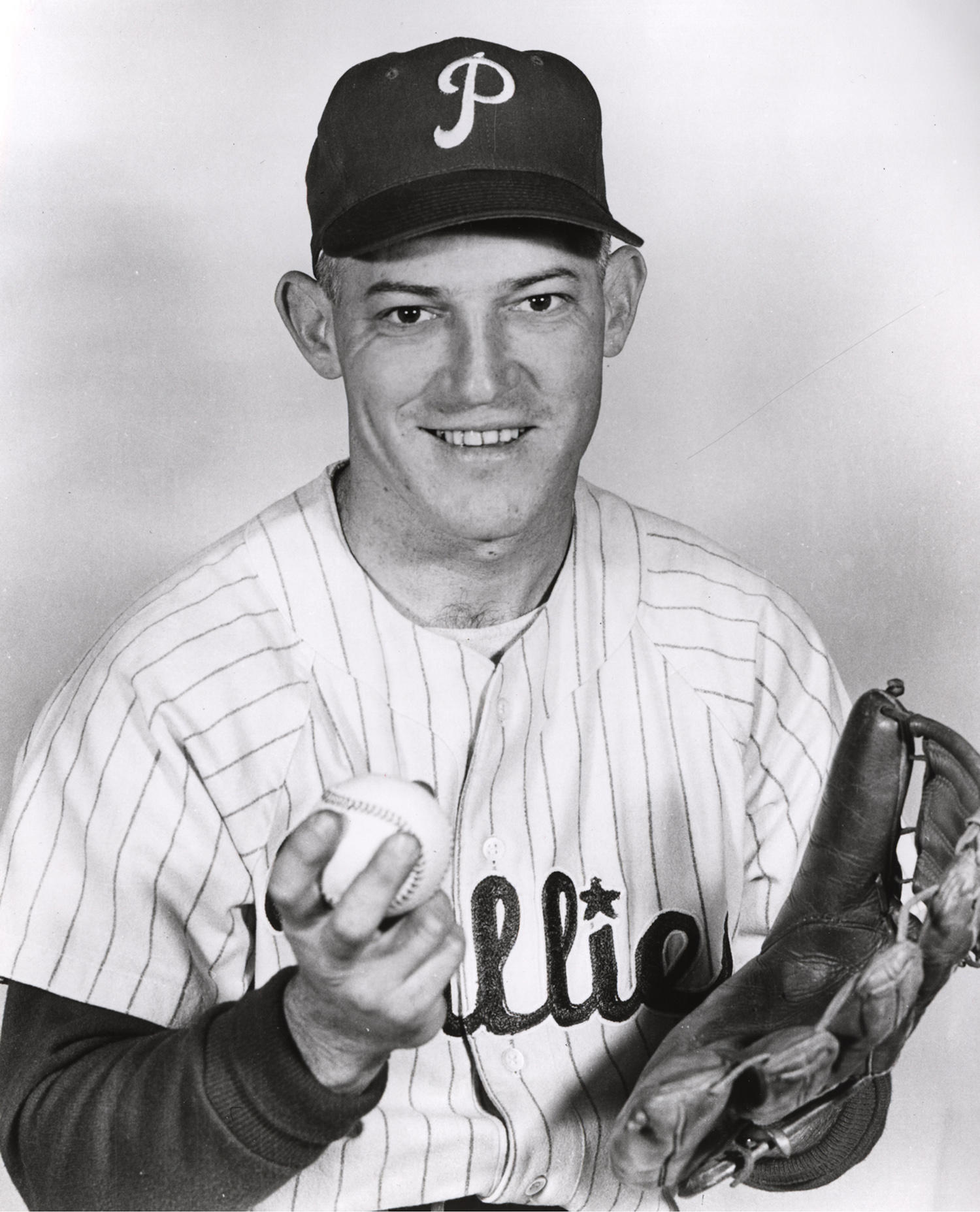
That lone historical stat might have been his lasting contribution to baseball history, except for the fact that while George Anderson was playing for the Maple Leafs, owner Jack Kent Cooke noticed definite leadership qualities combined with an ability to relate to younger players. Cooke thought Anderson showed definite managerial potential and offered him the Maple Leafs manager’s job for 1964. He later managed minor league clubs at the Class-A and Double-A levels, including stints in the Reds and Cardinals minor league systems.
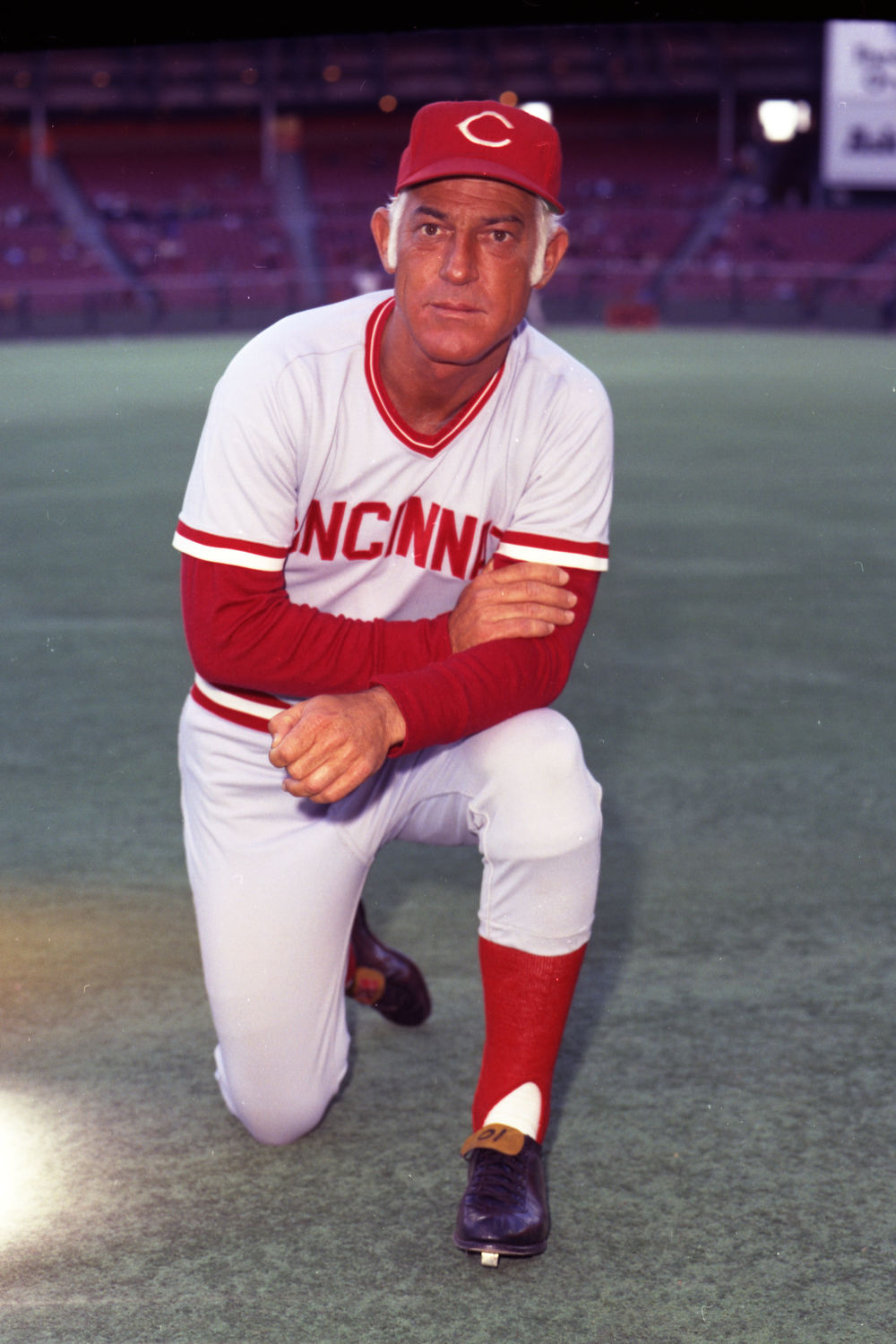
Anderson had four minor league pennant winners in four consecutive seasons (1965-’68). His 1966 St. Petersburg club lost to Miami 4–3 in 29 innings, which is still the longest pro game played by innings without interruption.
Anderson himself was back in the majors in 1969 as a coach for the Padres. After the season, the Angels named him to their 1970 coaching staff. But days later, on October 8, 1969, Reds’ GM Bob Howsam offered him the opportunity to manage the Reds.
Since he was a relative unknown, Cincinnati newspapers the next day were asking just who this Anderson guy was. By the end of the year, though, he was well known, since his 1970 Reds won 102 games and the National League pennant, his first of four with the Reds. This was the beginning of a long major league managing career that eventually landed him a spot in the Hall of Fame.
One important fact I almost left out: Back in 1955, while he was playing for the Double-A Fort Worth Cats, a radio announcer liked his hustling, feisty play and gave him the nickname “Sparky.” The name stuck…
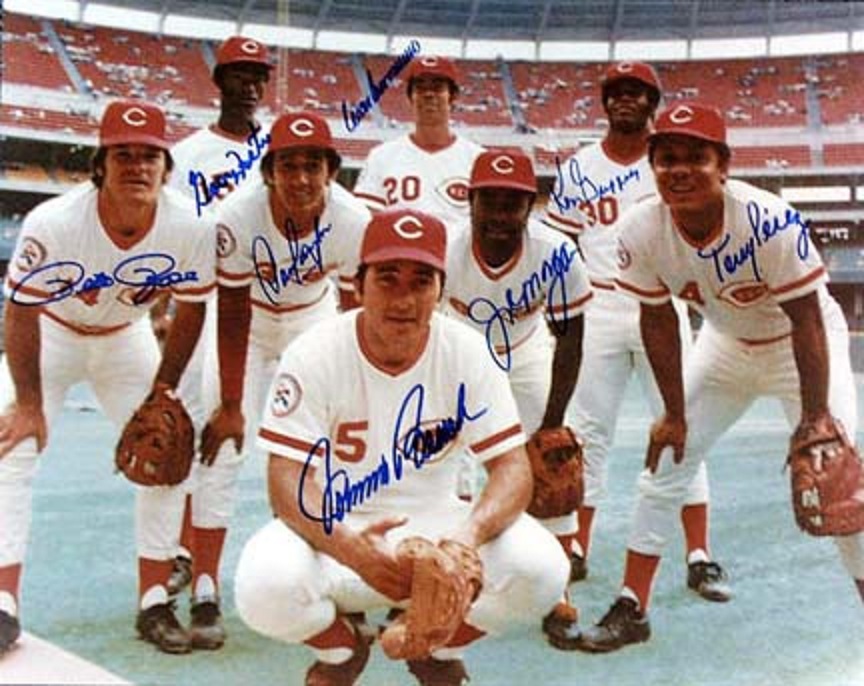
Sparky’s Career Managerial Statistics
Over his highly successful 26-year managing career (1970-‘95) George “Sparky” Anderson managed the Reds (1970-’78) and the Tigers (1979-‘95). Sparky won five pennants and three World Championships (1975, ’76, and ’84). His 2194 -1834 (.545) won/loss record places him among the elite managers in history. He currently ranks sixth on the all-time wins list. He also compiled a 34-21 (.618) post-season record. Sparky’s 1331 wins with the Tigers are the most in team history.
Anderson’s best year was with his 1975 “Big Red Machine” team which won 108 games. In 1984, Anderson’s Tigers opened the season 9-0, were 35–5 after 40 games (a major league record), and breezed to a franchise record 104–58 record. On September 23, 1984, Anderson became the first manager to win 100 games in a season with two different teams. He was also the first manager to win the World Series in both leagues. He was named American League Manager of the Year in 1984 and 1987.
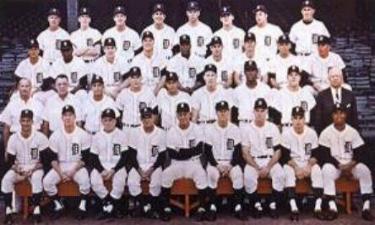
“Sparky-isms!”
Sparky was very outspoken and quotable and, much like Casey Stengel, was known for his witticisms. Here’s a small sampling:
- Speaking about Willie Stargell: “He’s got power enough to hit home runs in any park…including Yellowstone!”
- “My idea of managing is giving the ball to Tom Seaver and sitting down and watching him work!”
- “I’ve got my faults, but living in the past is not one of them. There’s no future in it!”
- “The great thing about baseball is when you’re done, you’ll only tell your grandchildren the good things. If they ask me about 1989, I’ll tell them I had amnesia!”
- “The players make the manager, it’s never the other way.”
- “A baseball manager is a necessary evil!”
- “Me carrying a briefcase is like a hotdog wearing earrings!”
Sparky was always very humble about his accomplishments in baseball. His success never seemed to inflate his ego. In his Hall of Fame acceptance speech, he mentioned his many great players, and then added that there are two kinds of managers:
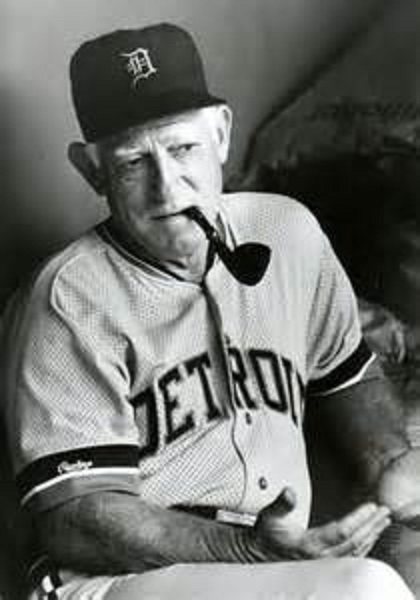
“One ain’t very smart. He gets bad players, loses games, and gets fired. Then there was somebody like me that was a “genius.” I got good players, stayed out of the way, let ’em win a lot, and then just hung around for 26 years.”
Sparky Anderson was elected to the Hall of Fame in 2000. His #10 has been retired by the Reds, and his #11 has been retired by the Tigers. He passed away on November 4, 2010 aged 76 after a battle with dementia, survived by Carol, his wife of 57 years.
Gary Livacari
Subscribe to our website, Baseball History Comes Alive with over 1400 fully categorized baseball essays and photo galleries, now surpassing the one million hits mark with 1,134,000 hits and over 950 subscribers
Information: Excerpts edited from the Sparky Anderson Wikipedia page.
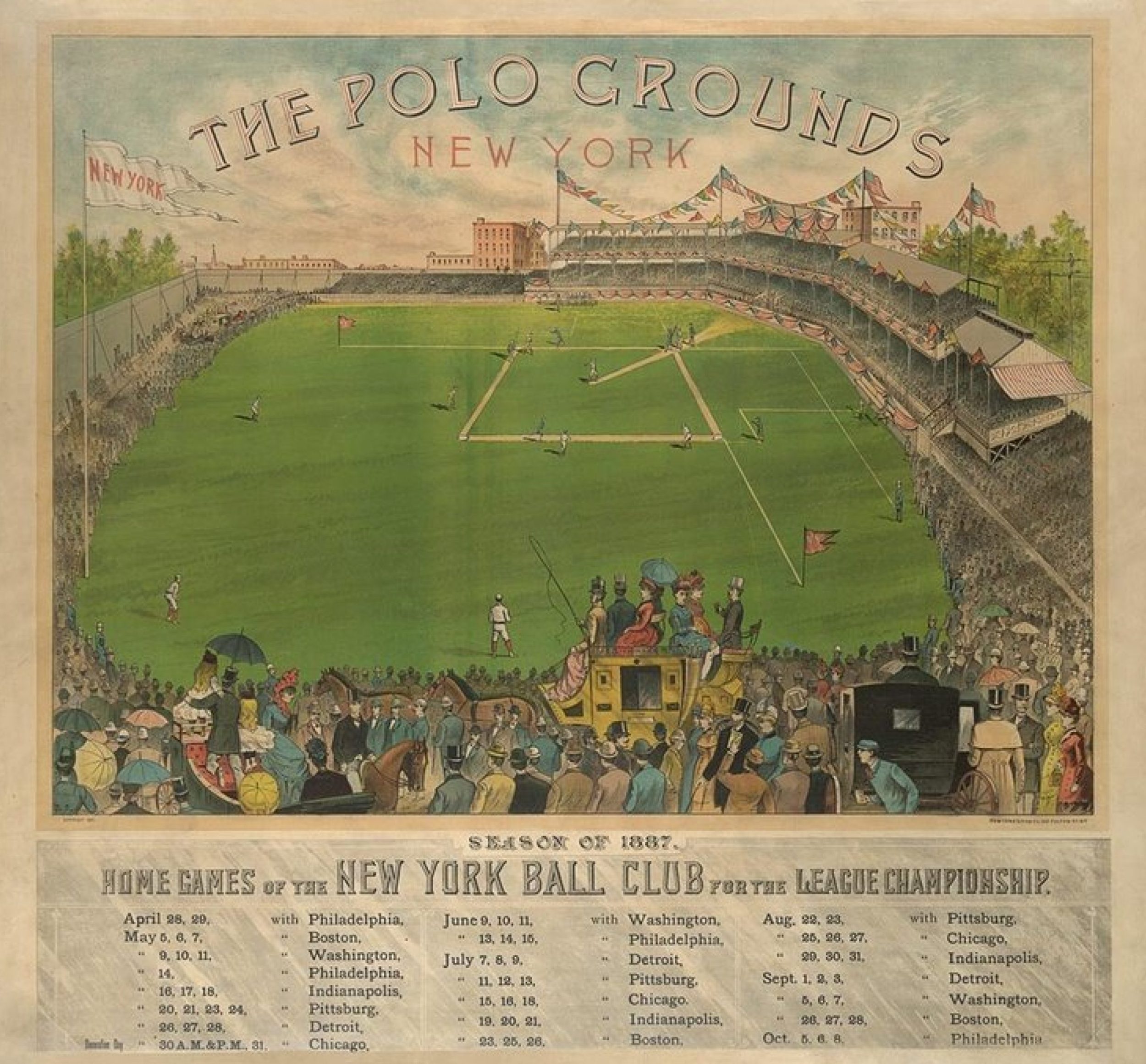
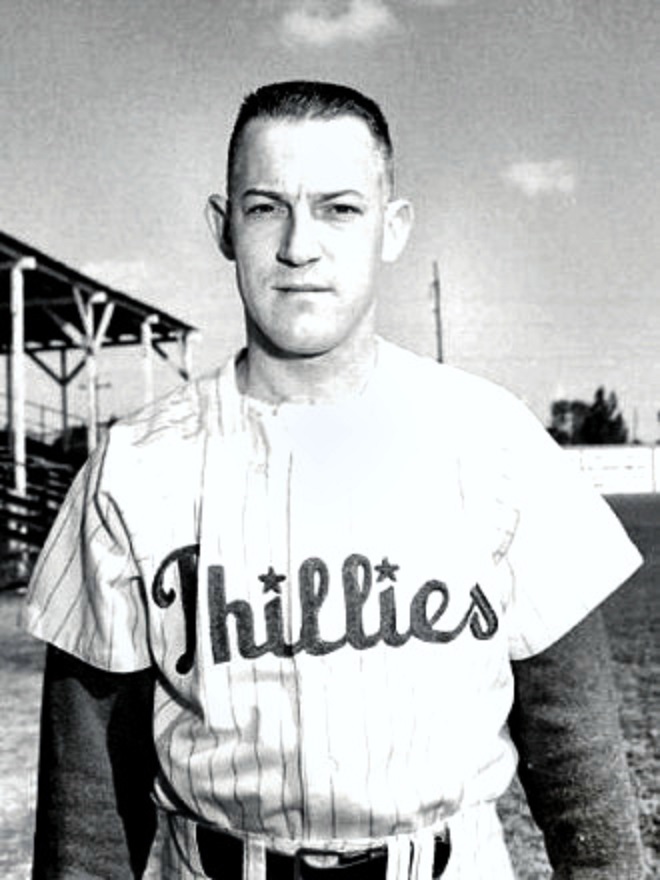
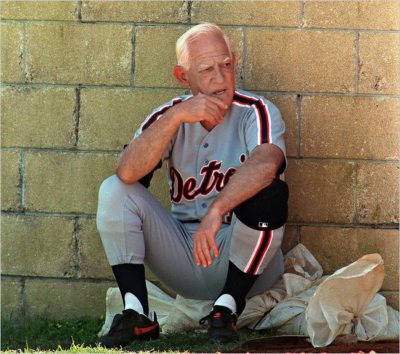
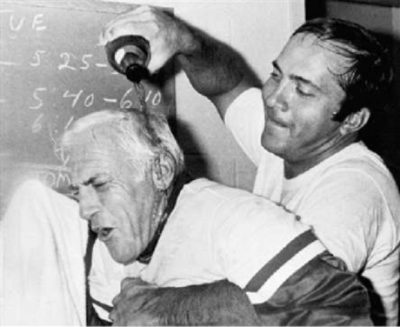
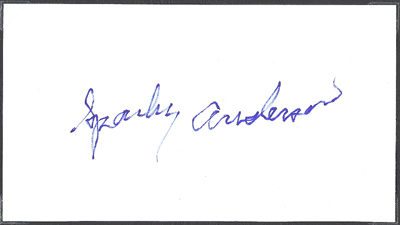
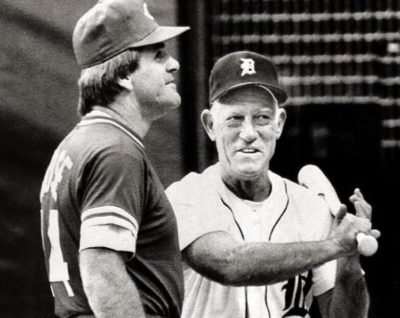
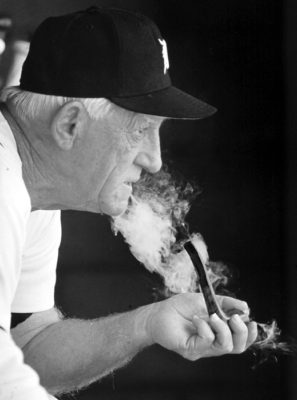
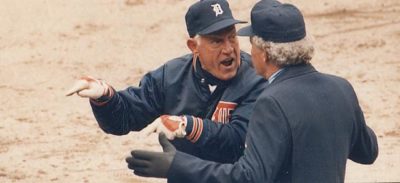
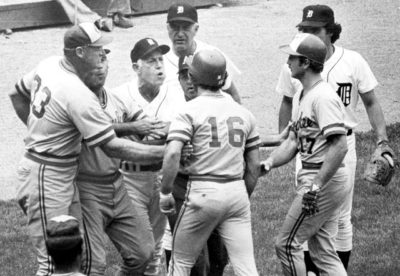
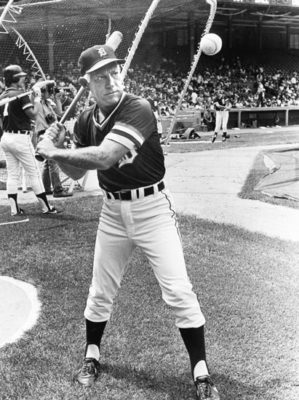
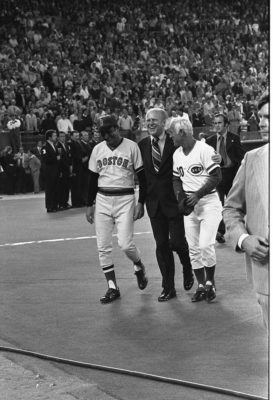
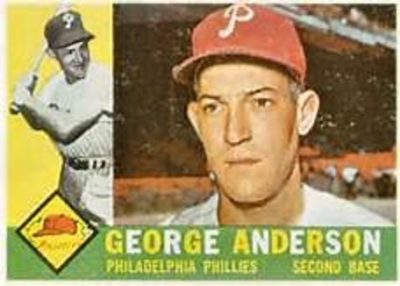
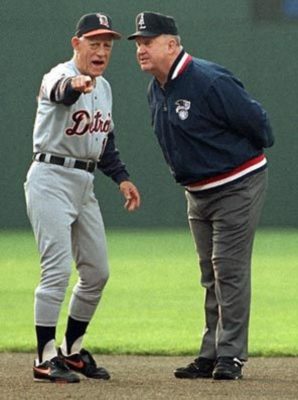
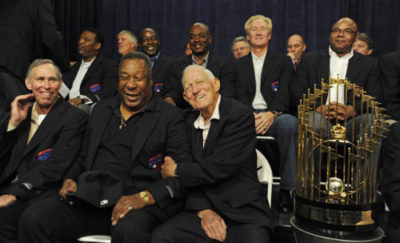
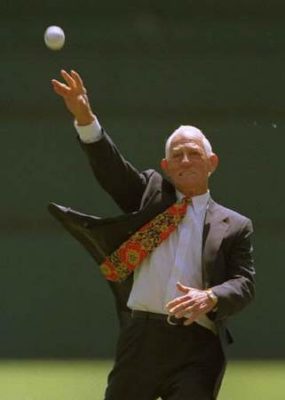
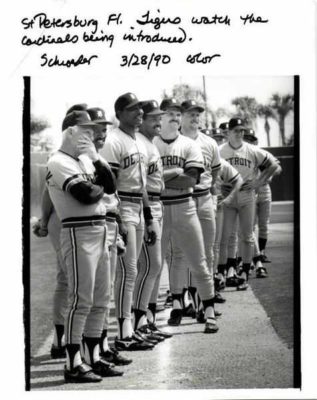
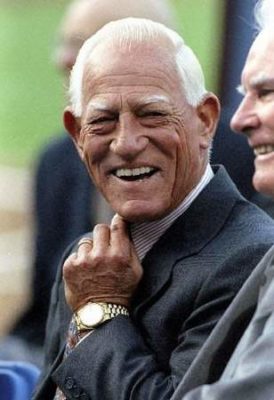
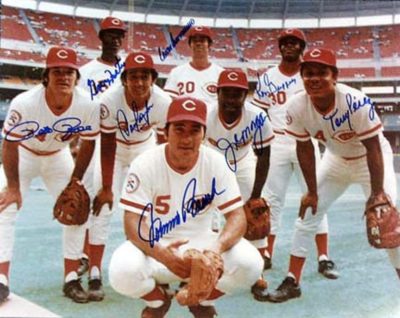
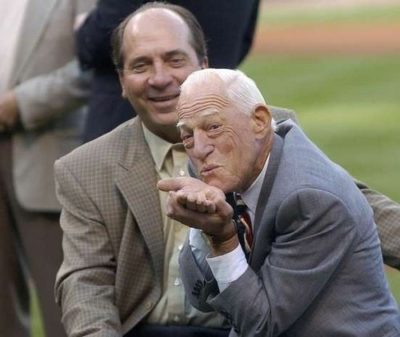
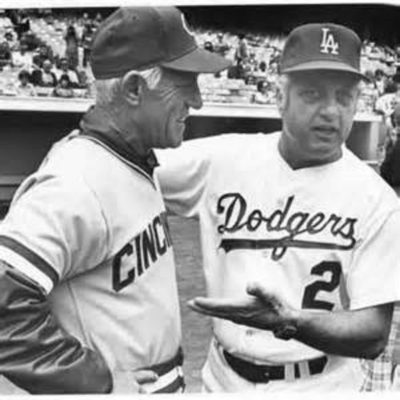
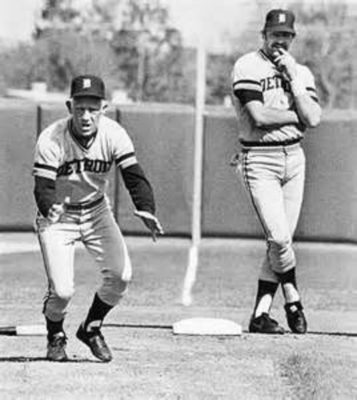
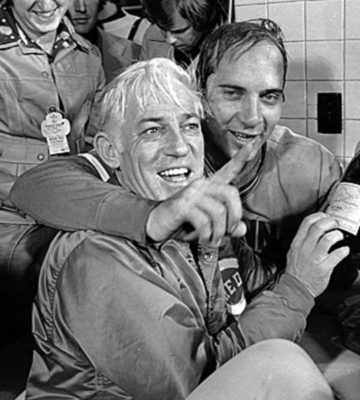

Living in Rochester, NY I was a fan of the local Red Wings & followed the International League. Sparky played for the Maple Leafs for several years & Rip Repulski played for the Wings in the ’50’s when Rochester was the Cardinal’s AAA farm. The Cards had the Polish Falcons at Rochester: Repulski, Ray Jablonski & Steve Biko.
Thanks Fred!
That ’84 season was certainly incredible, Gary. The Tigers had first place sewn up by May 24! They kept jumping ahead with crooked numbers game after game.
Here’s another Sparky-ism from that modern baseball classic, “Some Catch”:
“If God let you hit a home run last time up, then who struck you out the time before that?”
You’re becoming a legend with your amazing input on this website.
Merry Christmas, Dr. L. and to all the fans who flock to BHCA!
Much thanks to the aurthor of the year’s run-away best seller, Some Catch!, who also happens to be one of the most knowledgeable baseball fans I know…And thanks for all the quality you’ve added to the site! Merry Christmas to you, Bill!
I always thought that was one of the more remarkable stats I stumbled across over my years of following baseball. How is a player good enough to play an entire season for a team at one position, yet not appear in any games prior to that season or after that season? I could never discover if there was a physical reason for that (illness, injury, etc.). One would assume (uh-oh) that a regular position player for an entire season would have had previous playing time in the majors, and would at least be able to get on the roster of another team, if only as a utility player. Were the Phillies that bad, or did Sparky simply have a reputation as not worth being on any team?
Almost forgot (well, I did forget!) Merry Christmas! Thanks for the e-mails during the year; always enjoy them (and the comments!)
Thanks Steve…same to you!
Being that I live near San Diego, I know that many Padres fans {I am a life-long CWSox junkie} have mixed emotions about Sparky…….lots of old-timers remember him fondly as a coach for the expansion Padres’ first MLB season in 1969, but bristle at the memories of Cincinnati relentlessly beating up on the Padres, and for his return to San Diego for that team’s first entry in the Fall Classic vs. Detroit {1984}. He’s yet another example of why less-than-average players sometimes make the best managers {La Russa, Lasorda, Connie Mack, Leyland, Joe McCarthy {a career Minor Leaguer}, Walter Alston {1 MLB AB}, Bochy, etc}.